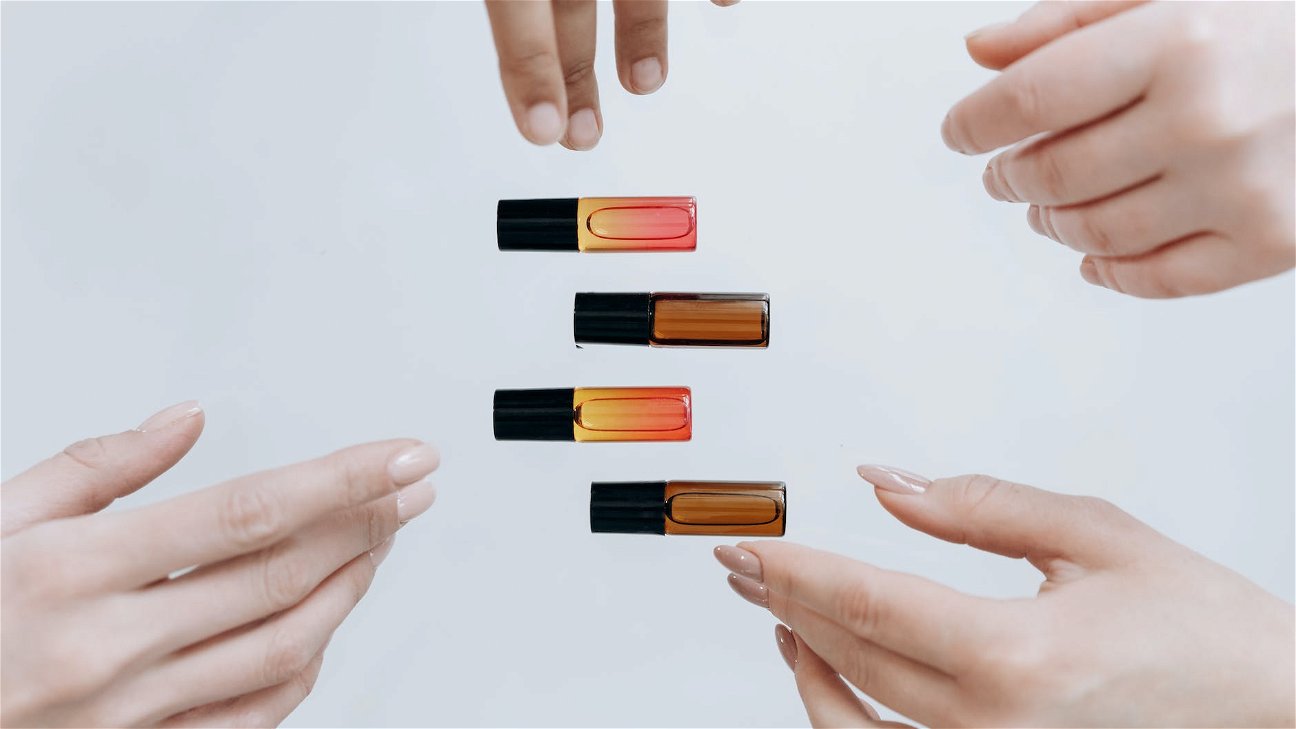
The beauty world is no stranger to unique and sometimes surprising ingredients. One such ingredient that has gained significant popularity in recent years is snail mucin. Known for its regenerative properties, snail mucin has been incorporated into numerous skin care products, promising benefits like improved hydration, reduced wrinkles, and healing of acne scars.
So, what exactly is snail mucin? It's the slime or mucus that snails produce. This slimy substance has been found to contain a variety of beneficial compounds, including glycoproteins, hyaluronic acid, and antioxidants.
Origin of snail mucin in skin care
The use of snail mucin in skin care dates back to ancient times. The ancient Greeks, led by the great physician Hippocrates, reportedly used crushed snails to treat inflamed skin. In more recent times, the use of snail mucin was popularized by the Korean beauty industry, which is known for its innovative and often nature-inspired products.
Snail mucin extraction
Some may wonder if the extraction of snail mucin harms the snails. Fortunately, the process is harmless and doesn't cause any pain to the snails. The most common method of collecting snail mucin involves having the snails move over a mesh net, which stimulates the production of mucus. The mucus is then collected and purified for use in skin care products.
Benefits of snail mucin
Snail mucin offers a host of benefits due to the various beneficial compounds it contains. Here are some of the main benefits of snail mucin:
- Hydration: The hyaluronic acid in snail mucin has excellent water-retention properties, making it great for hydration.
- Regeneration: The glycoproteins in snail mucin help to repair damaged skin tissues.
- Anti-aging: The antioxidants in snail mucin fight against free radicals which cause aging.
- Soothing: Snail mucin has anti-inflammatory properties which can soothe irritated skin and reduce redness.
Snail mucin vs hyaluronic acid
While both snail mucin and hyaluronic acid provide hydration, they offer different additional benefits. Snail mucin is known for its regenerative properties and can help heal the skin, whereas hyaluronic acid primarily provides deep moisturization.
Incorporating snail mucin into your skin care routine
Using snail mucin in your skin care routine is relatively simple. It's available in various forms - creams, serums, masks, and even as a standalone extract. Here's a basic guide on how to use snail mucin:
- Cleanse your face: Start by washing your face with a gentle cleanser.
- Apply snail mucin product: Apply the snail mucin product as directed. This could be a serum, cream, or mask.
- Wait for it to absorb: Wait for the product to be fully absorbed into your skin before moving on to the next step of your routine.
- Apply moisturizer: Finally, apply a moisturizer to seal in the snail mucin and provide additional hydration.
Remember, as with any new skin care product, it's important to patch test first to ensure you won't have an adverse reaction.
Whether you're seeking hydration, rejuvenation, or healing, snail mucin could be a great addition to your skin care regimen. It's natural, it's versatile, and most importantly, it's effective.











